- Hardcover : 641 Seiten
- Verlag: De Gruyter
- Autor(en): Constance M. Furey, Peter Gemeinhardt, Thomas Römer, Jens Schröter, Barry Dov Walfish, Eric Ziolkowski
- Auflage: 1. Auflage, erschienen am 18.11.2019
- Sprache: Englisch
- ISBN-10: 3-11-031334-0
- ISBN-13: 978-3-11-031334-5
- Vom BAfmW empfohlenes Alter: Jahren
- Größe: 24,0 x 17,0 cm
- Gewicht: 1300 Gramm
Encyclopedia of the Bible and Its Reception (EBR) / Lotus-Masrekah
Autoren: Peter Gemeinhardt259,00 €
inkl. 7 % MwSt. zzgl. Versandkosten

BONN (BAfmW) – The projected thirty-volume Encyclopedia of the Bible and Its Reception (EBR) is intended to serve as a comprehensive guide to the current state of knowledge on the background, origins, and development of the canonical texts of the Bible as they were accepted in Judaism and Christianity. Unprecedented in breadth and scope, this encyclopedia also documents the history of the Bible’s interpretation and reception across the centuries, not only in Judaism and Christianity, but also in literature, visual art, music, film, and dance, as well as in Islam and other religious traditions and new religious movements. The EBR is also available online. Blogger’s Choice-Articles recommended by biblioblogger Jim West (https://zwingliusredivivus.wordpress.com) The newest volume of EBR continues the tradition of excellence, thoroughness, and scholarly acumen that readers of this expansive and ever expanding indispensable reference work have come to expect. Love I. Hebrew Bible/Old Testament and Ancient Near East (Thomas Römer; Paris, France) This entry on ‘love’ in the Hebrew Bible/ Ancient Near East begins „Contrary to many modern languages, biblical Hebrew does not make a distinction in vocabulary between ‘love’ and ‘friendship.’ The same root ʾāhab is used for both terms (Wallis).“ Römer then leads readers on a journey through the literature related to love and marriage, homosexual love, dangerous love, divine love and human love, YHWH’s love for Israel, other depictions of YHWH’s love, and finally love and loyalty. This entry is one of the best that I’ve read in the volume. Love V. Christianity C. Modern Europe and America (Christophe Chalamet; Geneva, Switzerland) Chalemet’s contribution to the larger article on ‘love’ focuses on modern Europe and North America. He begins, however, in the period just beyond the lives of the Magisterial Reformers, examining the way ‘love’ was understood by such thinkers as Francis of Sales,’ Spener, Feuerbach, Kierkegaard, Nygren, and Mandela among several others. It’s an engaging and informative overview of what is certainly an extremely important topic. Love XI. Film (Sandie Gravett; Boone, N.C., USA) Gravett opens her treatment of the topic of ‘love’ in film thusly: „Many films are built around conceptions of love, sometimes with direct reference to the Bible and other times via allusion.“ From this launching pad she treats the intersection of films and their treatment of love in intersection with the bible. Her discussion is quite eye opening (in the sense that she is able to tease out the biblical theme of love from films where it does not appear on the surface). https://doi.org/10.1515/ebr.love Lust IV. Literature (Anthony Swindell; Llanidloes, United Kingdom) Swindell’s efforts center on the appearance of the concept of Lust in literature. So, he observes, „The biblical warnings and prohibitions against lust (Deut 5:2; Matt 5:28; 1 John 2:15-17), together with such admonitory tales as those of Joseph and Potiphar’s Wife, David and Bathsheba, Judith, and Susanna make clear the destructive effects of lust for those who succumb to its promptings. Amongst early literary treatments of Judith, the Old English poem Judith (ca. 1000) goes to some lengths to create a binary opposition between the culpability of Holofernes in his lust and the moral purity of Judith in a version in which she attends a banquet at which Holofernes has already got himself drunk before he meets Judith and which excises the biblical passage in which the heroine adorns herself with jewelry in order to entice the warrior.“ And thus he illustrates lust in literature by use of numerous other examples. Luther’s Hermeneutics (Johann Anselm Steiger; Hamburg, Germany/Heinrich Assel; Greifswald, Germany) Steiger’s and Assel’s work focuses on the key interpretive tool utilized by Luther: Sola Scriptura. He also describes the implications and applications of this hermeneutic, both for Luther and since Luther. Maadai (Lisbeth S. Fried; Ann Arbor, Mich., USA) Liz Fried writes „Maadai (MT Maʿăday; LXX Μοοδι) is one of the sons of Bani who agreed to divorce his foreign wife (Ezra 10:34). If it is a shortened form of Maʿadiah (Neh 12:5: Maʿadyâ), the name means ‘YHWH is my refuge.’“ As happens from time to time, some entries are just that brief. More often than not, they run for many or several columns. Length depends completely on the Reception History of the word or term. https://doi.org/10.1515/ebr.maadai Mampsis (Tali Erickson-Gini; Omer, Israel/Noé David Michael; Rehovot, Israel) Utterly unfamiliar with the word, I was keen to discover that „Mampsis (Ar. Kurnub; Heb. Mamshit) is located in the northeastern Negev Highlands in southern Israel. The site covers ca. four ha. and it is situated on a slope, 479 m above sea level, overlooking the steep gorge of Nahal Mamshit, a few kilometers southeast of the modern town of Dimona. The site was first settled by the Nabataeans as a major caravan station along the route leading from the Dead Sea to Beʾer Sheba and Oboda in the mid-1st century CE“ More details follow regarding this little-known site. https://doi.org/10.1515/ebr.mampsis Manna II. New Testament (Esther Kobel; Basel, Switzerland) Kobel observes, in her contribution focusing on the use of the word Manna in the NT, „The NT mentions manna explicitly in four instances.“ She goes on to describe and explain these occurrences. Finally, she briefly describes places where manna is alluded to. Manna III. Judaism B. Rabbinic Judaism (Yael Wilfand; Ra’anana, Israel) When ‘manna’ appears in Rabbinic Literature, according to Wilfand, it „… is only mentioned once in the Mishnah and three times in the Jerusalem Talmud, it appears more often in the Tosefta (ca. eight passages) and its qualities are discussed extensively in tannaitic midrashim, various later midrashic collections, and the Babylonian Talmud. The sages consider manna as a real food that indicates God’s benefaction toward Israel and as a supernatural substance.“ She also observes, quite interestingly that „Manna is also viewed as an educational instrument for Israel in the wilderness.“ It’s quite an interesting piece. https://doi.org/10.1515/ebr.manna Martyr, Martyrdom II. New Testament (Paul Middleton; Chester, United Kingdom) After a cogent and helpful foray into the New Testament’s various mentions of martyrdom, Middleton concludes „The NT portrays, and perhaps also reflects, situations of persecution and danger for the followers of Jesus. They are enjoined to embrace suffering and death as a means of imitating Christ. However, while many would indeed follow this path to death, we find in the NT the potentiality for martyrdom more than its actuality.“ The whole (albeit brief, occupying but one full column) is an interesting piece. Marxsen, Willi (Paul-Gerhard Klumbies; Kassel, Germany) Marxsen is one of the most important, yet virtually forgotten today, biblical scholars of the 20th century. Klumbies draws our attention to his work on the Lord’s Supper, Mark’s Gospel, his work in the method of Redaction Criticism, and, most importantly, „Marxsen’s work focused on NT Christology. Regarding the interrelation of the historical Jesus and the post-Easter proclamation of Christ, Marxsen developed the term ‘kerygma’ as defined by Bultmann and distinguished between a Christ-kerygma and a Jesus-kerygma.“ https://doi.org/10.1515/ebr.marxsenwilli
Über „Encyclopedia of the Bible and Its Reception (EBR) / Lotus-Masrekah“
Das Bundesamt für magische Wesen weist den gemeinen Bürger und die gemeine Bürgerin draußen im Lande darauf hin, dass „Encyclopedia of the Bible and Its Reception (EBR) / Lotus-Masrekah“ von Constance M. Furey, Peter Gemeinhardt, Thomas Römer, Jens Schröter, Barry Dov Walfish, Eric Ziolkowski für Leser und Leserinnen Jahren deutliche Spuren von Religion und Aberglauben enthält. Es unterliegt den Regeln der FMSK zum Schutz der (nicht-)magischen Jugend und Allgemeinheit vor geweihten Röckchenträgern.
Es erschien am 18.11.2019 im/bei De Gruyter.

Das Bundesamt für magische Wesen kommt mit dem Hinweis auf „Encyclopedia of the Bible and Its Reception (EBR) / Lotus-Masrekah“ seinem Bildungsauftrag nach, die Eltern junger Vampire, Dämonen, Elfen sowie weiterer Pubertiere auf die Gefahren hinzuweisen, die von Religion, religiösen Institutionen und dem organisierten religiösen Verbrechen ausgeht.
Religion und Drogen gefährden gleichermaßen die geistige, seelische und körperliche Unversehrtheit von Kindern und Jugendlichen. Das Amt weist bei dieser Gelegenheit betroffene Familienangehörige auch auf Therapie- und Aussteigerprogramme für sog. „Religiöse“ hin, die dafür bekannt sind, das Leben harmloser schwuler Vampire und gut integrierter Werwölfe zur Hölle zu machen.
Lesen Sie Bücher von Constance M. Furey, Peter Gemeinhardt, Thomas Römer, Jens Schröter, Barry Dov Walfish, Eric Ziolkowski nur zusammen mit Ihren Kindern!

Brutale religiöse Geschichten über Hexenverbrennung, Jünglinge in Feueröfen, Kreuzigungen im Namen von Vätern, die sich nicht um ihre Söhne kümmern, Kreuzzüge sowie andere kirchliche Horrorgeschichten können bei Kindern und Jugendlichen schwere Alpträume, Ängste und Depressionen verursachen. Lassen Sie Ihren Nachwuchs lieber sein Modelpotential bei einem Fantasyshooting als Werwolf, Vampir oder Dämon testen.
Ebenso traumatisierende Begegnungen mit religiösen Gefährdern wie Joachim Kardinal Meisner und den geweihten Röckchenträgern des organisierten religiösen Verbrechens aus dem Katholischen Staat und dem Evangelikalen Emirat.

Sie sind stets willkommen im Bundesamt für magische Wesen in Bonn, der Stauhauptstadt von Nordrhein-Westfalen. Dort gibt es viele gute Fantasyromane und andere spannende Romane zum Träumen. Außerdem bekommen Sie dort erste Hilfe bei einer Infektion mit den Legionellen Christi und Beratung! Religion ist heutzutage wirklich heilbar! Niemand muss heutzutage mehr an Religion erkranken.
| Gewicht | 1300 g |
|---|---|
| Größe | 24 × 17 cm |
Marke
De Gruyter
Das könnte dir auch gefallen …
-
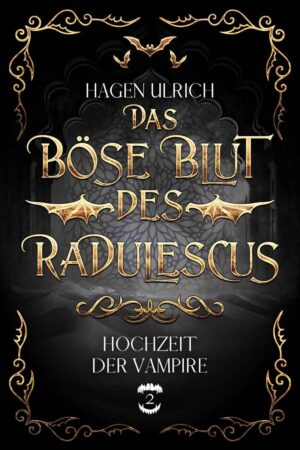
Hochzeit der Vampire 2: Das böse Blut des Radulescus
17,90 €inkl. 7 % MwSt.
zzgl. Versandkosten
In den Warenkorb -
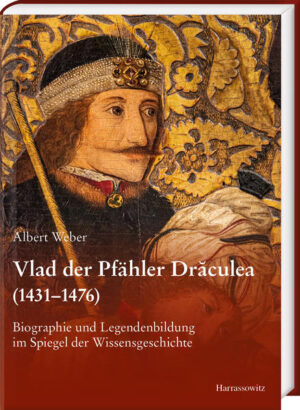
Vlad der Pfähler Drăculea (1431-1476) Biographie und Legendenbildung im Spiegel der Wissensgeschichte
58,00 €inkl. 7 % MwSt.
zzgl. Versandkosten
In den Warenkorb -

Hochzeit der Vampire 1: Der Clan der Bucharis
17,90 €inkl. 7 % MwSt.
zzgl. Versandkosten
In den Warenkorb -
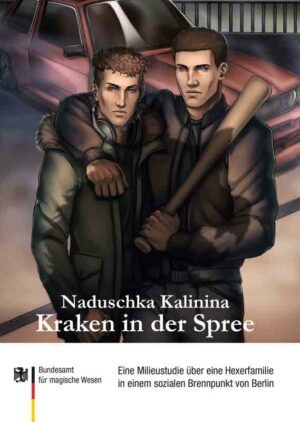
Kraken in der Spree: Eine Milieustudie über eine Hexerfamilie in einem sozialen Brennpunkt von Berlin
12,90 € – 21,90 €inkl. MwSt.
zzgl. Versandkosten
Ausführung wählen Dieses Produkt weist mehrere Varianten auf. Die Optionen können auf der Produktseite gewählt werden


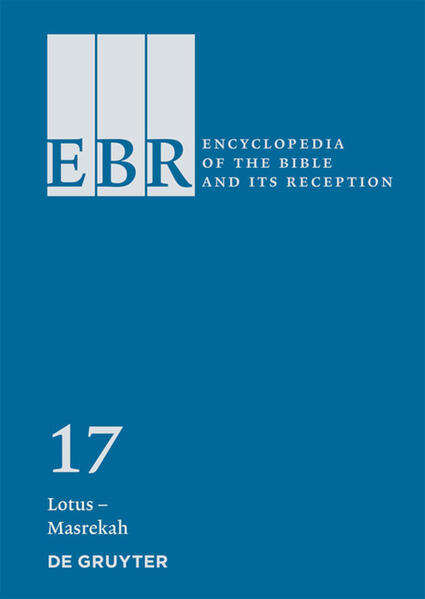
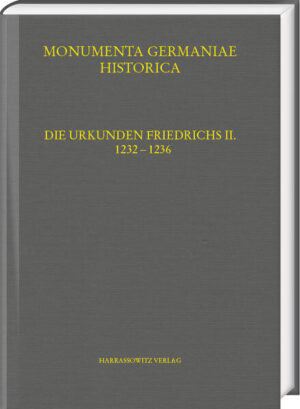
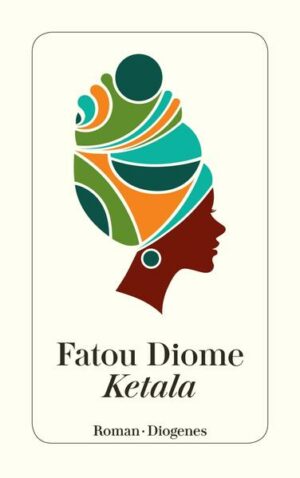
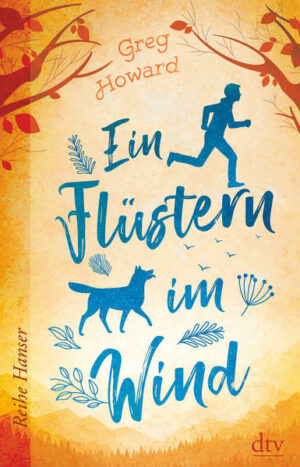

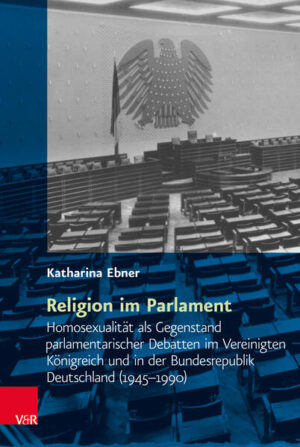

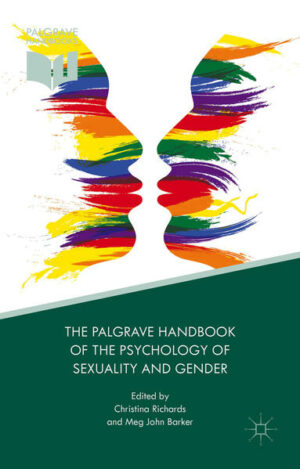
Bewertungen
Es gibt noch keine Rezensionen